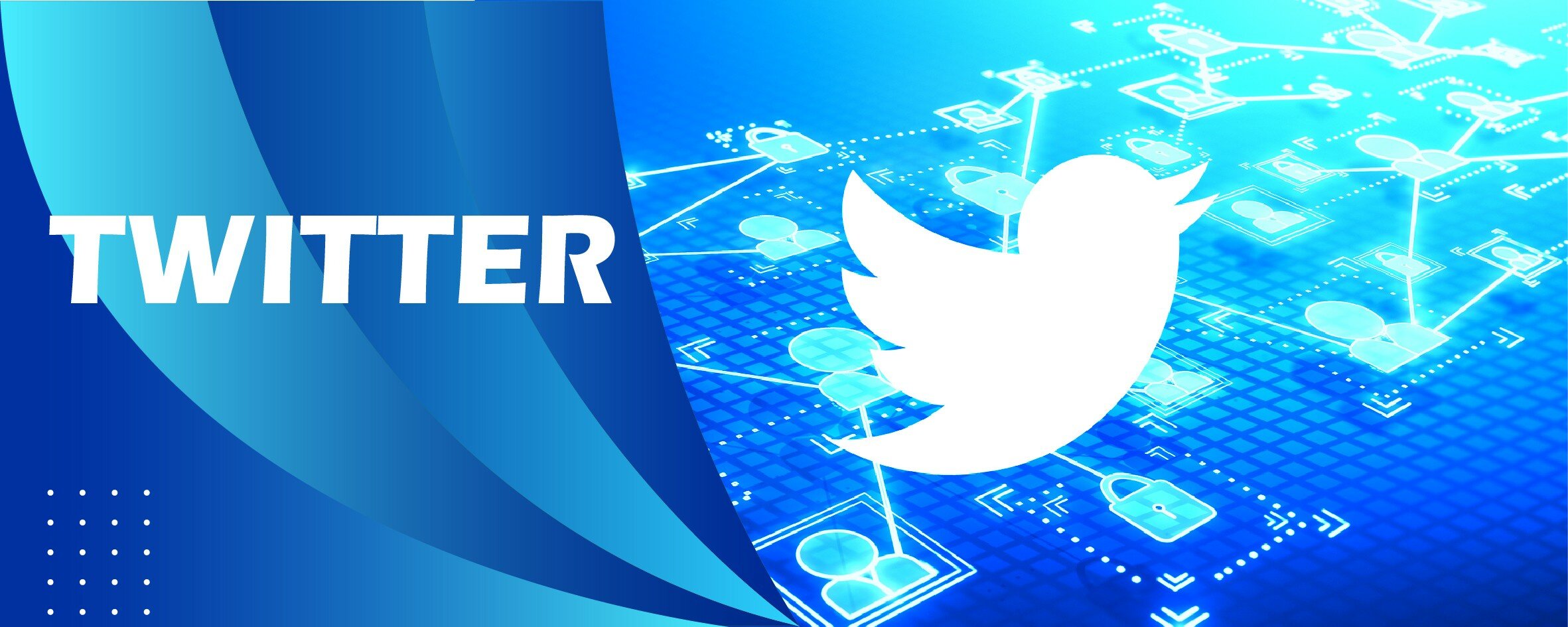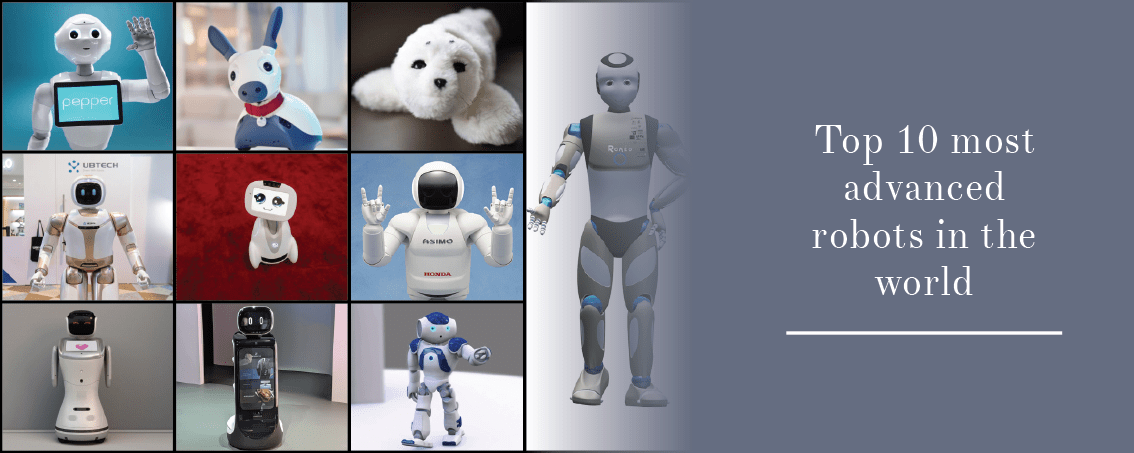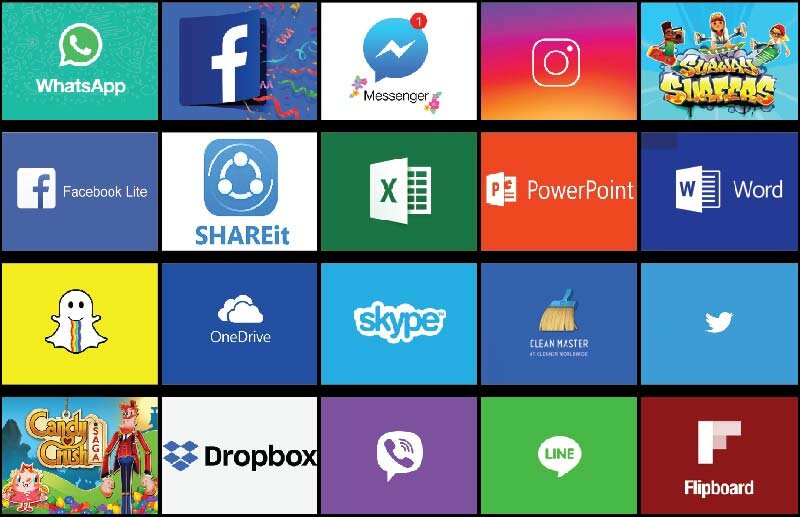Cloud computing is the future of data storage. A commonly used term in software sales and development is cloud applications.
What is Could Application?
A cloud application is an Internet-based program where some, or all, of the processing logic and data storage, is processed in the cloud. It is a software program where cloud-based and local components work together. This model relies on remote servers for processing logic that is accessed through a web browser with a continual internet connection. The user interacts with the application via a web browser or a mobile application, and the data processing is managed by a combination of the local device and a cloud computing solution. Cloud computing is a remote data center operated by a third-party cloud services infrastructure provider. Cloud-based application tasks may encompass email, file storage and sharing, order entry, inventory management, word processing, customer relationship management (CRM), data collection, or financial accounting features. The cloud application behaves like a standard website, but the computing and data processing is handled by the cloud via an API (application program interface) or a hybrid of both.
Benefits of Cloud Apps
- Fast Response: For various needs, Cloud Apps can be updated, tested, and deployed quickly. This provides the user with agility and a hassle-free environment.
- Simplified operation: As the infrastructure can be outsourced to a third-party who does the management of the cloud.
- Scalability: With a rise or fall in demand, the need for capacity can be met easily.
- API: Third-party data sources and storage services can be accessed with an application programming interface (API). Cloud applications can be kept smaller by using APIs to hand data to applications or API-based back-end services for processing or analytics computations, with the results handed back to the cloud application. Vetted APIs impose passive consistency that can speed development and yield predictable results.
- Adoption: Cloud architecture allows components to be uploaded and implemented on a gradual basis which makes adoption of the tech easier.
- Cost: The size and scale of data centers run by major cloud infrastructure and service providers, along with competition among providers, has led to lower prices. Cloud-based applications can be less expensive to operate and maintain than equivalents on-premises installation.
- Data sharing and security: Data stored on cloud services is instantly available to authorized users. Due to their massive scale, cloud providers can hire world-class security experts and implement infrastructure security measures that typically only large enterprises can obtain. Centralized data managed by IT operations personnel is more easily backed up on a regular schedule and restored should disaster recovery become necessary.
- Accessibility: Cloud applications aren’t tied to a single machine – you can access and interact with the application from a wide variety of devices safely and securely from any Internet connection.
- Reliability: Cloud applications have access to more computing resources than it would be feasible to have onsite. Your applications can rapidly scale without an increase in your capital costs. Better yet, this scaling can be dynamic so you’ll only use the resources when you need them.
Application Categories
- SaaS – Software as a Service: This is a third-party cloud application where the third party not only supplies the hardware for running the application, but also the software application. Additionally, they provide complete support of the systems and the application. An excellent example of this would be Google’s G-Suite that includes Gmail, Google Drive, Google Docs, etc.
- IaaS – Infrastructure as a Service: IaaS is where a third party provides the infrastructure and infrastructure support in the cloud, but the software designer supplies the middleware, the applications, and the application support. Middleware is the software between the operating system and the application, used to give extended features to the operating system functions and simplify programming. An example of this is Google Compute Engine, a sub-product of the Google Cloud Platform.
- PaaS – Platform as a Service: PaaS is similar to IaaS, but it also includes some of the software, middleware, and operating systems. The PaaS supplier takes care of supporting the hardware and the software they provide. The developer provides the applications and application support. Google App Engine, another sub-product of the Google Cloud Platform, is an example of a hosting service.

















